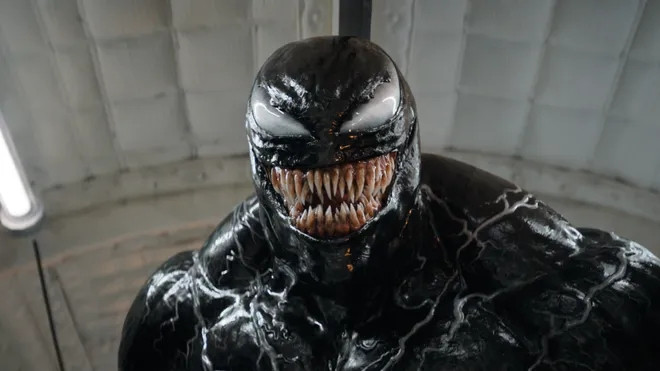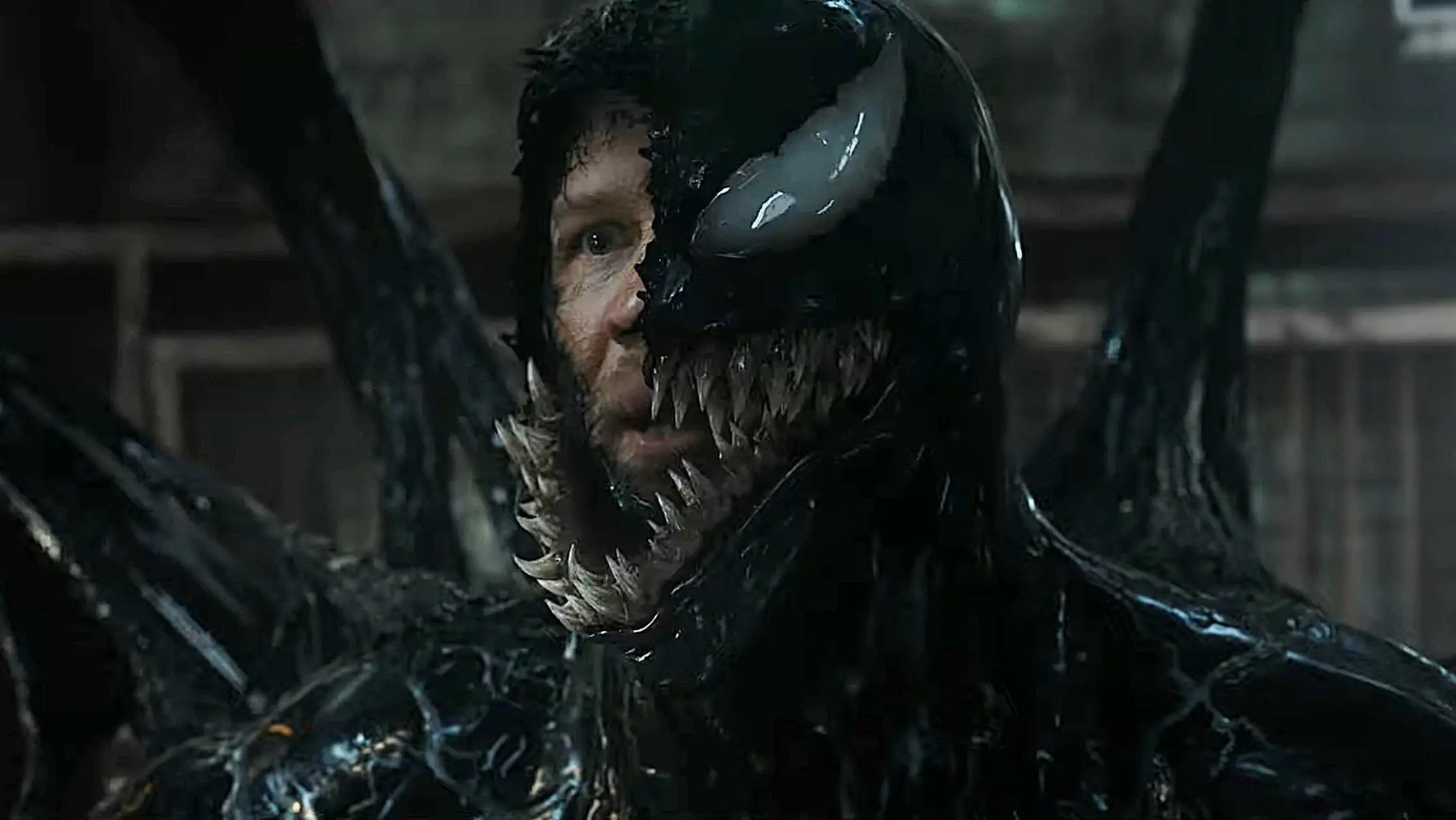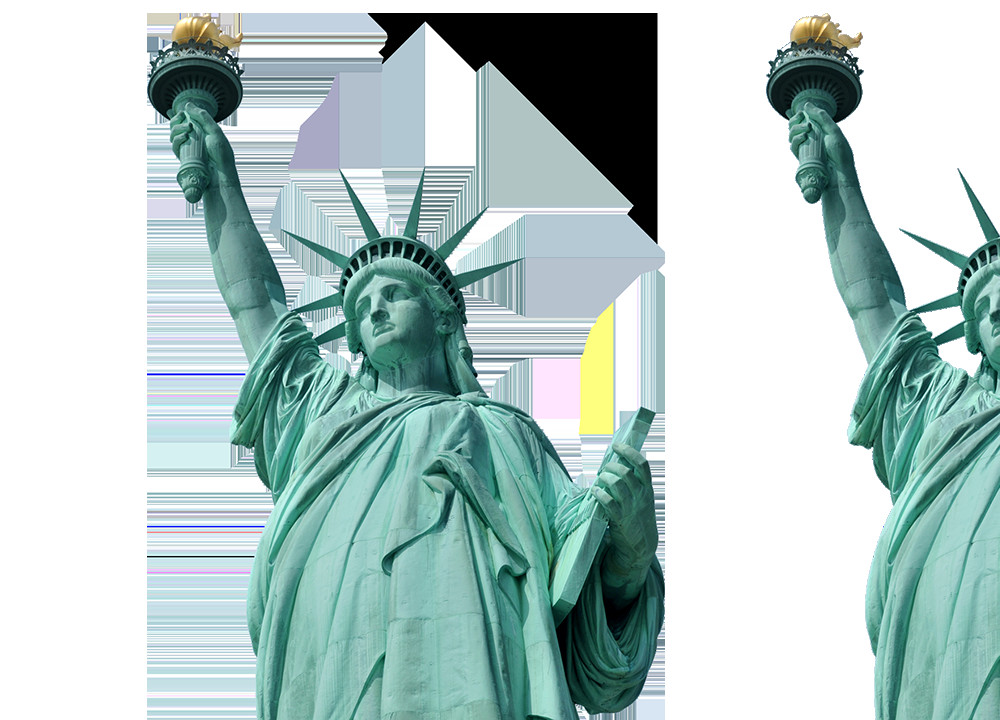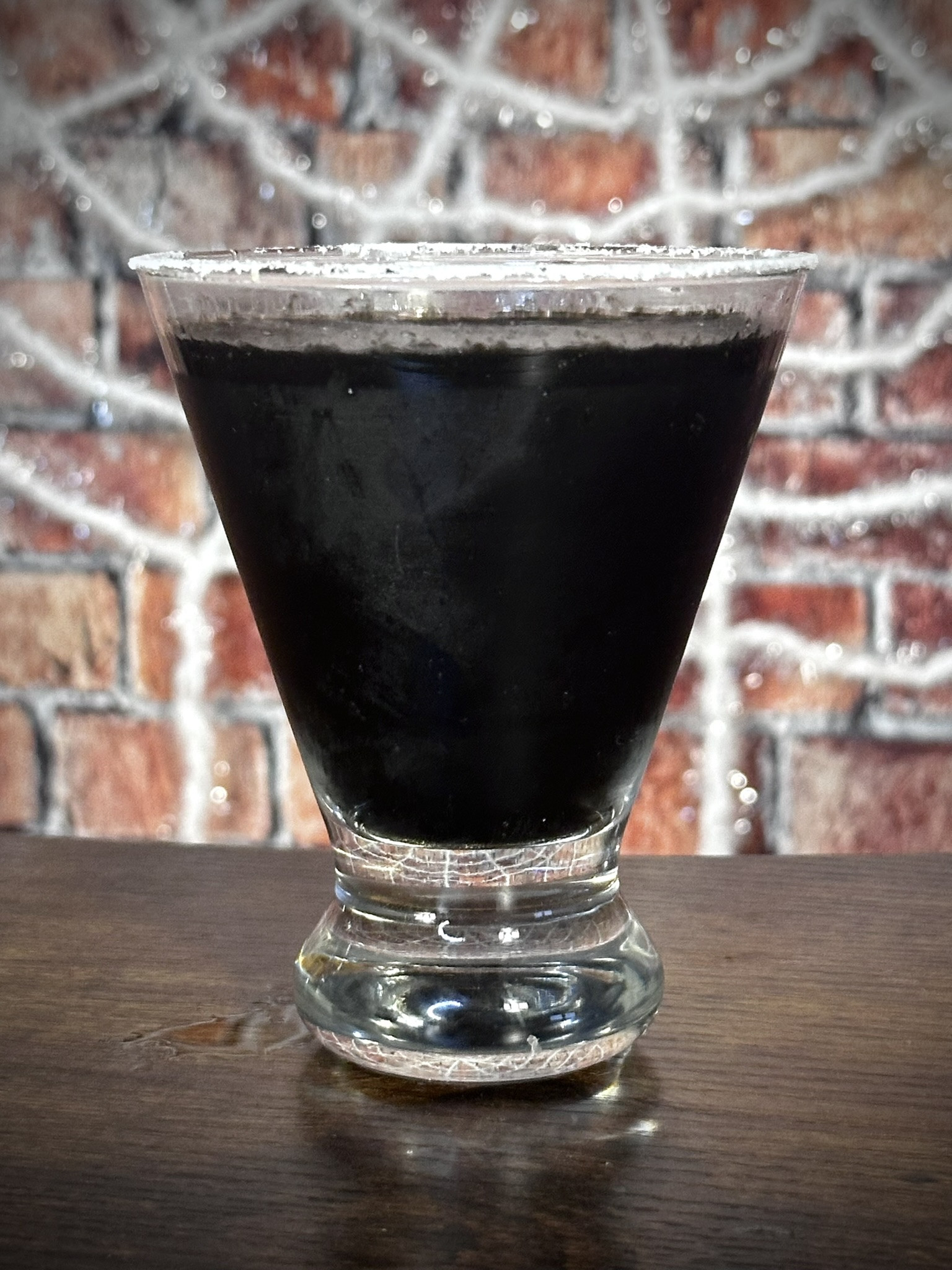From my early comic book days, Venom has always held a special place. As a darker, edgier reflection of my all-time favorite, Spider-Man, Venom was the anti-hero I gravitated towards. The character’s evolution and enduring coolness have always captivated me. Even Venom’s controversial appearance in Spider-Man 3 resonated with me, despite criticisms of its forced inclusion and Topher Grace‘s portrayal of Eddie Brock. The prospect of a standalone Venom movie, especially with Spider-Man’s integration into the MCU, was incredibly exciting. The potential for Marvel to explore the lethal protector was immense. However, Sony’s involvement cast a long shadow of doubt.
My skepticism towards Sony’s Spider-Man-less universe is well-documented. Their attempts to build a cinematic universe around Spider-Man’s supporting characters have consistently fallen short, and unfortunately, the Venom trilogy is no exception. Ignoring Spider-Man’s absence, a crucial element in Venom’s origin and identity, is a significant hurdle. While a Venom story without Spider-Man could theoretically work, it loses a core part of their dynamic. The first Venom movie was underwhelming, its sequel even worse, and now we arrive at what’s deceptively titled Venom: The Last Dance, implying a grand finale to a compelling narrative. Instead of a firework, it’s more akin to the explosive aftermath of a bad meal hitting the porcelain.
 Tom Hardy as Eddie Brock and Venom in "Venom: The Last Dance" movie review
Tom Hardy as Eddie Brock and Venom in "Venom: The Last Dance" movie review
Venom: The Last Dance is simply inconsequential. It achieves nothing, satisfies no expectations, and ultimately means nothing in the broader cinematic landscape. It’s a film burdened by an overly complex yet remarkably shallow plot, failing to learn from past mistakes and continuing to churn out underdeveloped ideas, relying solely on the name recognition of Venom. The dynamic between Eddie Brock and Venom remains a slight positive, but even that is barely off the ground. The movie is shockingly dull, devoid of genuine emotion or excitement, and predictably compromises its own narrative integrity for the sake of potential future installments – a classic Sony move, unable to resist chasing extra revenue.
The plot follows Eddie Brock and Venom as fugitives, pursued by the government while attempting to reach New York seeking sanctuary. However, they soon discover they are also targets of monstrous beings from a cosmic threat, seeking something Venom possesses. From this premise unfolds a predictable buddy road trip, introducing forgettable new characters, revisiting old acquaintances, and squandering every ounce of narrative potential.
While the Eddie-Venom relationship is cited as a highlight, it feels weaker than ever in this installment. The bickering couple dynamic persists, but the film desperately tries to emphasize their shared history, the supposed “ups and downs” and “wacky misadventures,” as if to evoke genuine emotional investment in this pairing. However, the connection between these two feels superficial, despite the film’s insistence otherwise. Tom Hardy‘s performance as Eddie Brock, increasingly disheveled and sweaty throughout the series, is somewhat endearing. His portrayal of Eddie as a persistent loser gradually gaining confidence is a consistent through-line, but the character lacks substantial depth. And Venom’s voice? Still largely unintelligible, a mumbled mess for half the dialogue.
The supporting cast suffers the same fate as in previous films: talented actors wasted on atrocious material. The casting of Chiwetel Ejiofor and Rhys Ifans is particularly baffling, considering Ejiofor‘s role as Baron Mordo in the MCU and Ifans‘ portrayal of The Lizard in The Amazing Spider-Man and Spider-Man: No Way Home. Sony’s apparent eagerness to merge their universe with the MCU makes these casting choices feel misguided, highlighting a lack of clear direction. Ejiofor‘s Rex Strickland is a generic military figure, while Ifans‘ Martin Moon offers some brief, quirky, hippie-esque moments that ultimately lead nowhere. Then there’s Knull, the symbiote god and creator, introduced as the grand orchestrator seeking to escape a cosmic prison. Sony clearly intends for Knull to be their Thanos-level threat, an odd choice for a supposed finale. Beyond a clunky exposition dump at the beginning and a pointless mid-credits scene, Knull makes no impact, serving merely as a shiny object to distract from the film’s shortcomings.
 Venom in action, showcasing visual effects of "Venom: The Last Dance" film
Venom in action, showcasing visual effects of "Venom: The Last Dance" film
The most significant flaw across these Venom films remains the writing. Expectations for sophisticated dialogue are low, but basic entertainment value isn’t. Venom is inherently a humorous character, yet despite Hardy’s eccentric line delivery, genuine humor is absent. Almost every attempt at wit or cleverness falls flat. Even the often-criticized MCU quips have a far better success rate than anything Sony has produced. The non-comedic dialogue devolves into generic, bland action movie clichés, feeling like placeholder text intended for later refinement. Frequently, the writing simply lacks coherence. Consider the Xenophage aliens hunting Venom: they perceive the world in grayscale static and can only track Venom in his fully formed symbiote state. When Venom reverts to Eddie, he becomes invisible to them, even when in plain sight. However, Venom can project parts of himself without triggering their vision, only full transformation triggers their senses. Could Venom simply expose a finger while transformed and remain undetected? Furthermore, when Eddie and Venom are separated, the Xenophage inexplicably tracks the helicopter carrying them, despite not being able to see them moments prior. While these might seem like minor nitpicks, they reflect a pervasive lack of thought and care in the script.
One scene perfectly encapsulates Sony’s mismanagement of the Spider-Man properties. Rex Strickland, tracking Venom to Vegas, requests permission from a shadowy superior to deploy “The Six.” Intriguing, right? Given Strickland’s affiliation with an organization housing symbiotes, the immediate assumption is a symbiote-enhanced special ops team to hunt Venom, perhaps leading to a later alliance against a greater threat. Instead, the subsequent scene reveals “The Six” to be just six ordinary special ops soldiers who easily subdue Venom. The symbiotes do appear later, but their inclusion feels anticlimactic and insignificant. This exemplifies Sony’s approach to Marvel films: access to interesting elements, but complete ineptitude in utilizing them effectively.
 Eddie Brock and Venom on a road trip in "Venom 3: The Last Dance" movie
Eddie Brock and Venom on a road trip in "Venom 3: The Last Dance" movie
What else is there to say? The visual effects for Venom and the Xenophages are reasonably well-executed, but many digitally created environments are visually unappealing, and some symbiote effects are laughably poor. The soundtrack choices are predictable and uninspired; Sony’s music library seems to be running dry.
Earlier this year, Sony released Madame Web, a contender for the worst superhero film in recent memory. While a baffling mess, I’m now questioning if I might have preferred it to this. Madame Web was laughably awful, but at least it evoked some kind of reaction; its sheer badness was captivating. During Venom: The Last Dance, despite a few passable action sequences and some forced humor, mental disengagement was a constant temptation. Like its predecessors, Venom: The Last Dance fails to do justice to the character and fails to coalesce into a decent movie. It’s mind-numbing, but not in an entertainingly absurd way; it simply dulls the senses. It lacks any discernible identity, style, or substance that suggests genuine effort was invested. While some individuals, like Hardy, the VFX team, and the marketing department (considering its box office success), may have tried, it’s insufficient to make this film enjoyable. This isn’t “The Last Dance”; it’s a film devoid of stakes, emotional resonance, and any reason to maintain faith in Sony’s live-action Marvel ventures.
RATING
 Venom: The Last Dance movie rating: 2.5 out of 5 Statue of Liberties, a critical review score (out of a potential 5 Statue of Liberty’s)
Venom: The Last Dance movie rating: 2.5 out of 5 Statue of Liberties, a critical review score (out of a potential 5 Statue of Liberty’s)
LETHAL PROTECTOR
 The Lethal Protector cocktail, a Venom-themed drink recipe with tequila and balsamic vinegar
The Lethal Protector cocktail, a Venom-themed drink recipe with tequila and balsamic vinegar
The symbiote is said to unlock a darker side, sometimes leading to unusual choices, like a penchant for balsamic vinegar! But truthfully, no space parasite is needed to justify that. Balsamic vinegar has been a cocktail ingredient for years, opening doors to exciting and novel flavor combinations. The Lethal Protector cocktail is my take on this, blending the tangy vinegar notes with sharp tequila, zesty lemon, and sweet blackberries. The result is surprisingly refreshing and palatable, with a gentle kick from the ginger beer. If you enjoy margaritas, this is an excellent starting point for exploring balsamic cocktails and perhaps adopting plural pronouns.
INGREDIENTS
- 1.5oz tequila
- 1/2oz blue curacao
- 3/4oz balsamic vinegar
- 3/4oz lemon juice
- 4 blackberries
- pinch of black sugar
- Rim: Salt
- Top: Ginger beer
INSTRUCTIONS
- Salt rim a glass using a lemon wedge, then set aside.
- Muddle vinegar and blackberries in a shaker.
- Add remaining ingredients and ice, shake well.
- Double strain into the prepared glass.
- Top with ginger beer.
Share this:
Like Loading…

